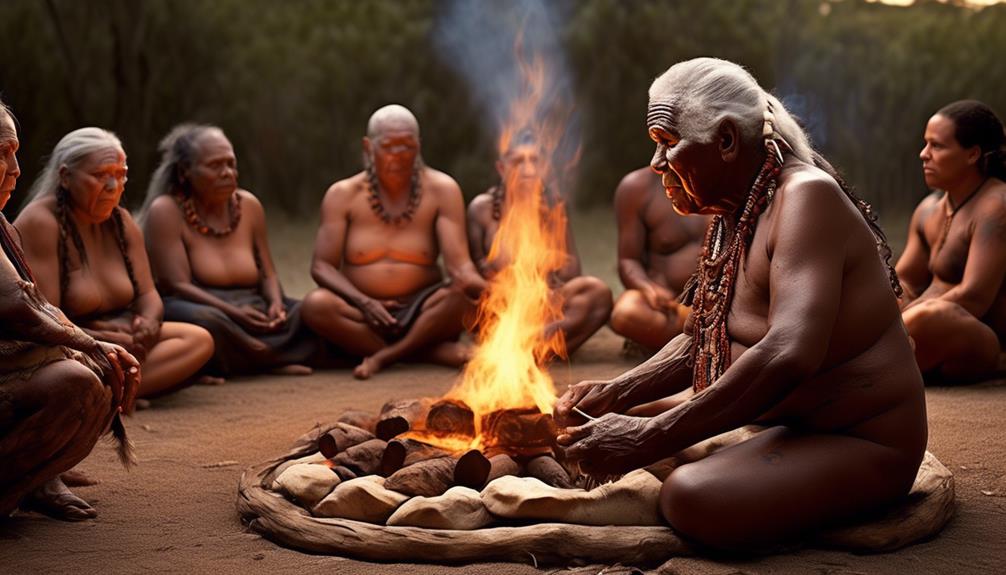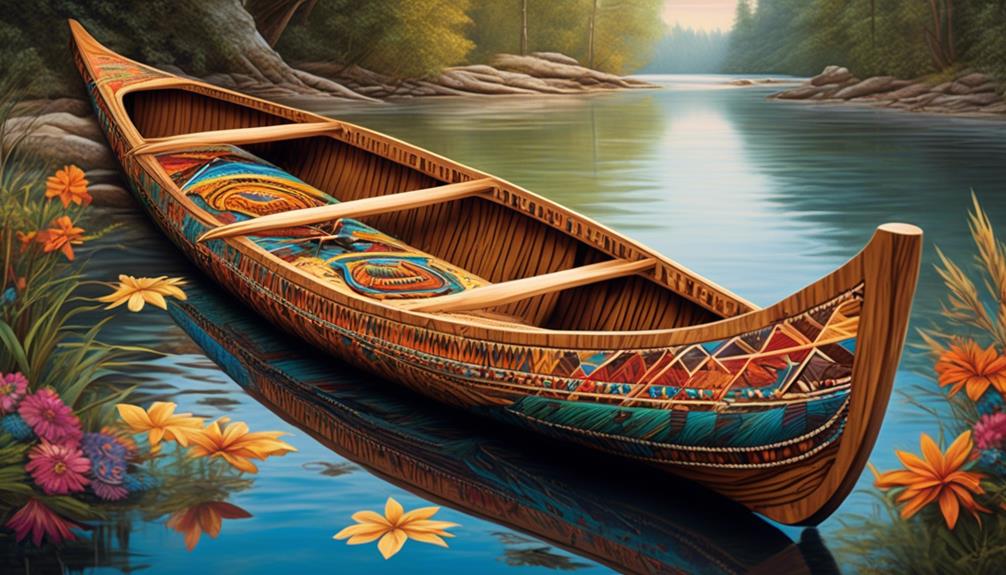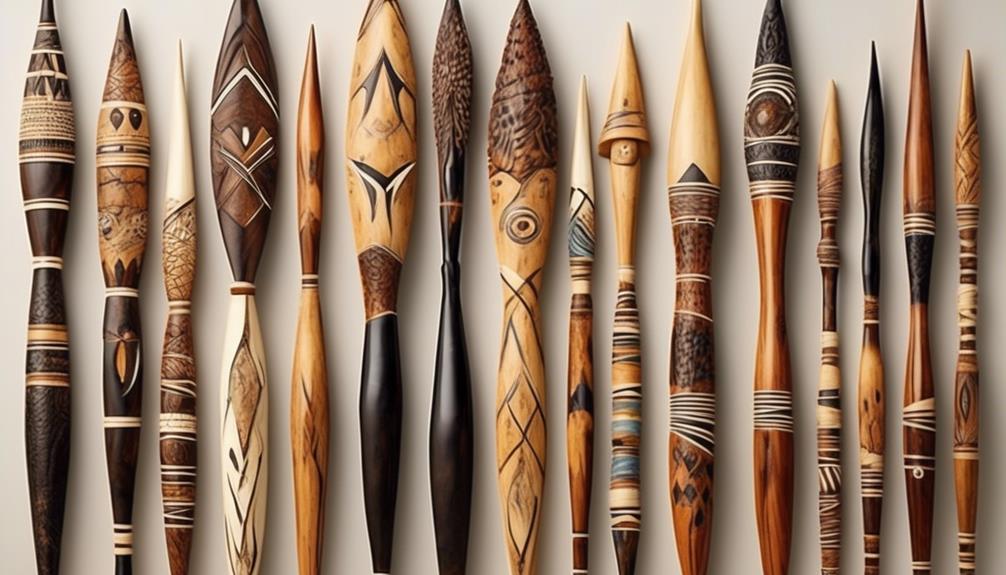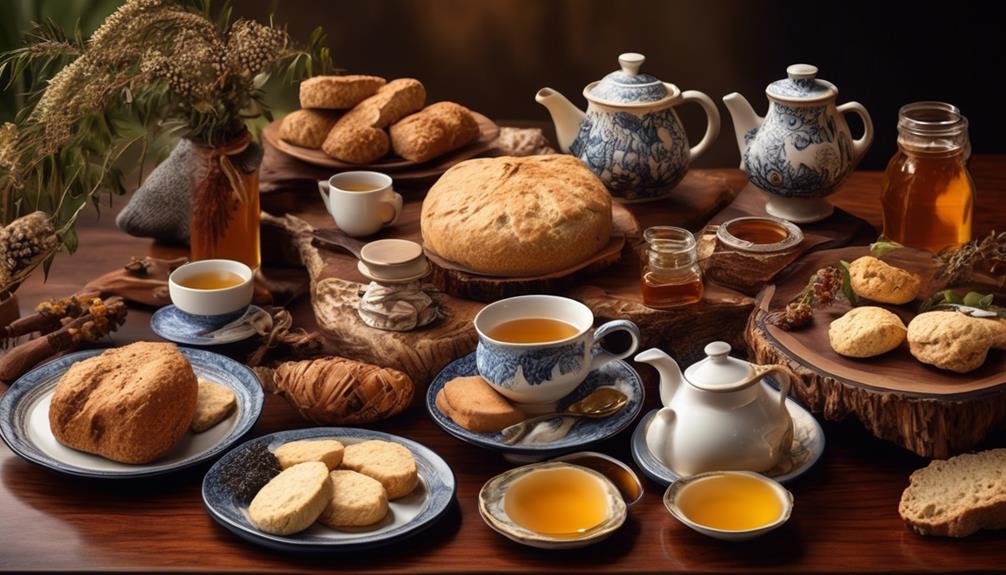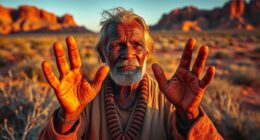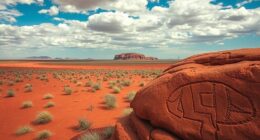Have you ever thought about how ancient healing practices could be integrated with modern mental health services for Indigenous communities?
Boorndawan Willam Aboriginal Healing Service has been at the forefront of this important work for decades, offering a range of culturally sensitive healing services tailored to the needs of the Indigenous community.
As we explore the history, mission, and impact of this vital organization, we will uncover the unique cultural approach to healing that sets Boorndawan Willam apart and discover the future initiatives that aim to further support and empower Indigenous individuals.
Key Takeaways
- Boorndawan Willam Aboriginal Healing Service blends Indigenous practices with modern methods to create a unique approach to healing.
- Traditional healing practices, such as bush medicine and storytelling, are incorporated alongside contemporary therapeutic techniques.
- Boorndawan Willam promotes healing, resilience, and empowerment within the Aboriginal community.
- The service offers a range of healing services, including traditional therapies and modern approaches.
History and Mission
As we look back on the history of the Boorndawan Willam Aboriginal Healing Service, we're reminded of its profound mission to provide holistic healing and support to the Aboriginal community. The journey of Boorndawan Willam is a testament to the enduring strength and resilience of the Aboriginal people. From its inception, the service has been dedicated to blending Indigenous practices with modern methods, creating a unique approach to healing that honors tradition while embracing innovation.
Healing through connection and community support has always been at the heart of Boorndawan Willam's mission. The service recognizes that the well-being of individuals is deeply intertwined with the well-being of the community as a whole. By fostering a sense of belonging and restoring cultural connections, Boorndawan Willam has helped individuals find healing in ways that go beyond conventional treatments. The incorporation of traditional healing practices, such as bush medicine and storytelling, alongside contemporary therapeutic techniques has empowered the community to reclaim and celebrate their cultural identity while addressing the complex challenges of modern life.
Through the years, Boorndawan Willam has remained steadfast in its commitment to promoting healing, resilience, and empowerment within the Aboriginal community. The service continues to be a beacon of hope and transformation, embodying the rich tapestry of Indigenous wisdom and contemporary care.
Range of Healing Services
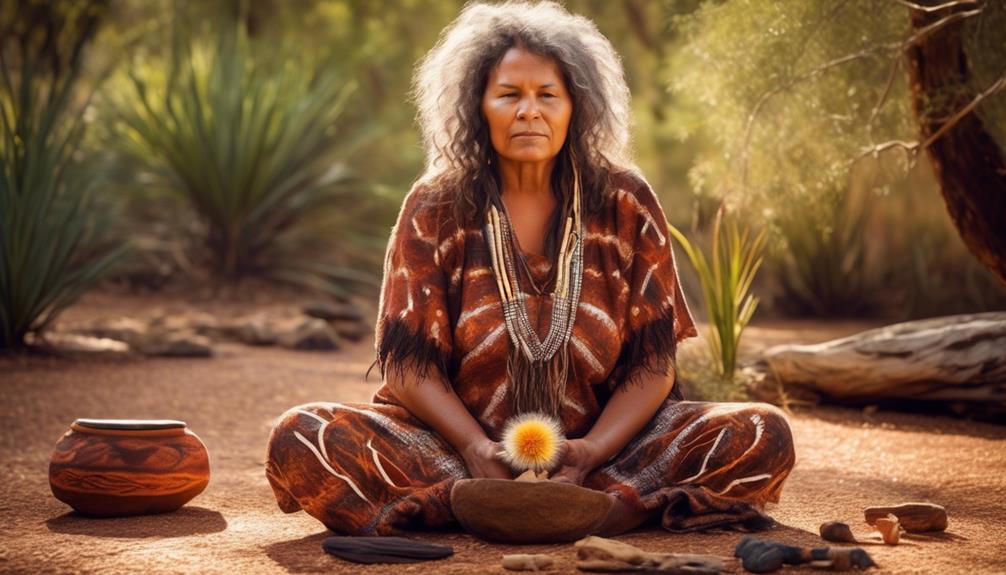
Offering a diverse array of healing services, our center provides a range of traditional and modern approaches to support the well-being of our Aboriginal community. At Boorndawan Willam, we embrace the wisdom of our ancestors while also integrating contemporary methods to ensure comprehensive and holistic care for our people.
Here are some of the key services we offer:
- Traditional Therapies: We honor our cultural heritage by offering traditional healing practices such as bush medicine, dreamtime storytelling, and smoking ceremonies. These time-honored traditions are deeply rooted in our culture and connect individuals to their heritage, spirituality, and land.
- Modern Approaches: In addition to traditional therapies, we also provide access to modern healing approaches including counseling, cognitive-behavioral therapy, and trauma-informed care. We understand the importance of integrating contemporary methods to address the complex needs and challenges faced by our community today.
- Individualized Care: Our center prioritizes personalized care, recognizing that each person's journey towards healing is unique. We work closely with individuals to develop tailored treatment plans that cater to their specific needs, experiences, and aspirations.
- Community Support: We foster a sense of belonging and connection by organizing support groups, cultural events, and community gatherings. These initiatives create a supportive environment where individuals can find solidarity, share experiences, and draw strength from their community.
Through this diverse range of services, we strive to create a nurturing and empowering environment where our Aboriginal community can heal, thrive, and reclaim their well-being.
Cultural Approach to Healing
Embracing our cultural heritage, we integrate traditional healing practices to nurture the well-being of our Aboriginal community. Our cultural approach to healing is rooted in the wisdom passed down through generations. Traditional practices form the cornerstone of our holistic approach, recognizing the interconnectedness of mind, body, and spirit. Our healing services are designed to honor cultural connection and promote spiritual healing, acknowledging the intrinsic link between cultural identity and well-being.
In our community, cultural healing is a communal experience, where Elders and knowledge holders play a vital role in guiding individuals through their healing journey. We draw upon the wisdom of our ancestors, incorporating traditional healing methods such as bush medicine, ceremonies, and storytelling. These practices not only address the physical ailments but also tend to the spiritual and emotional needs of our community members.
Impact on Indigenous Community
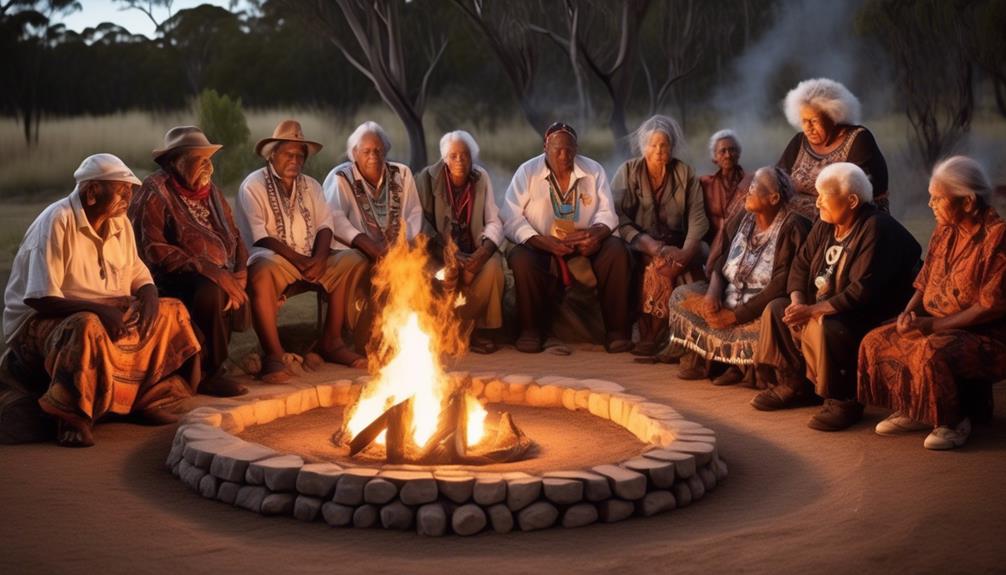
The impact of our cultural healing practices on the Indigenous community is profound, weaving a tapestry of resilience, strength, and interconnectedness. Our approach fosters community engagement, addressing the deep-rooted health disparities that have affected our people for generations. Through our work, we've witnessed transformative effects, nurturing a sense of belonging and empowerment within the Indigenous community.
- Cultural Revitalization: By centering traditional healing methods, we're revitalizing our cultural practices, instilling a renewed sense of pride and identity within the community.
- Healing Trauma: Our approach provides a safe space for individuals to address historical trauma, promoting emotional well-being and psychological healing.
- Empowerment Through Knowledge: We empower community members by sharing traditional knowledge, strengthening the intergenerational bond and fostering a sense of purpose and belonging.
- Reshaping Community Dynamics: Our practices have led to a reclamation of agency, reshaping community dynamics and inspiring a collective effort towards healing and wellness.
Our commitment to the Indigenous community goes beyond addressing immediate health concerns; it's about igniting a profound and sustainable transformation, one that renews the spirit and fortifies the community for generations to come.
Future Initiatives
Continuing to collaborate with community elders and leaders, we're developing new initiatives to further strengthen our cultural healing practices and expand our reach within the Indigenous community. One of our key focuses is on forging sustainable community partnerships.
By working closely with local organizations and leaders, we aim to create long-lasting relationships built on trust and mutual respect. These partnerships will enable us to better understand the specific needs of different Indigenous groups, allowing us to tailor our services to the unique cultural and healing requirements of each community.
Furthermore, we recognize the importance of technology integration in expanding our outreach. We're exploring innovative ways to leverage technology to connect with Indigenous individuals who may not have easy access to our physical location. This includes developing online resources, virtual healing sessions, and utilizing social media platforms to share culturally relevant healing practices.
By embracing technology, we hope to reach a wider audience, including those in remote or underserved Indigenous communities.
In all our future initiatives, our primary goal is to ensure that our Aboriginal healing service remains deeply rooted in cultural traditions while embracing innovation to enhance accessibility and impact.
Frequently Asked Questions
How Does Boorndawan Willam Aboriginal Healing Service Incorporate Traditional Healing Practices Into Their Modern Healing Services?
Incorporating traditional healing practices into modern healing services involves cultural integration and respect for ancestral wisdom. We honor the traditional methods by adapting them for modern application, ensuring they remain relevant and effective.
This incorporation strengthens our sense of community and connection to our heritage. By valuing and preserving these practices, we create a healing environment that respects and uplifts our cultural traditions while meeting the needs of our people today.
What Steps Has Boorndawan Willam Aboriginal Healing Service Taken to Ensure Accessibility and Inclusivity for All Indigenous Community Members?
Inclusivity initiatives are vital for any community. Community engagement strategies play a crucial role in ensuring accessibility for all members. It's essential to create spaces where everyone feels welcomed and valued.
Can You Provide Examples of Specific Success Stories or Testimonials From Indigenous Individuals Who Have Benefited From the Healing Services Provided by Boorndawan Willam Aboriginal Healing Service?
Success stories from our healing services demonstrate the profound healing impact on indigenous individuals. We've witnessed indigenous empowerment through our culturally integrated approach.
One individual shared how our programs helped them heal from intergenerational trauma, reconnect with their cultural roots, and regain a sense of belonging. Another spoke of finding inner peace and strength through our traditional healing practices.
These stories reflect the transformative influence of our services on indigenous community members.
How Does Boorndawan Willam Aboriginal Healing Service Collaborate With Other Organizations and Resources Within the Indigenous Community to Provide Comprehensive Support and Care?
In our work, collaborative partnerships with Indigenous resources are vital. We integrate cultural traditions and collaborate with community organizations to offer comprehensive support.
This includes joining forces with traditional healers and local community groups to provide a holistic approach to healing. By working together, we ensure that our services are culturally sensitive and respectful of Indigenous knowledge and practices.
This collaborative effort strengthens the support and care we provide to the Indigenous community.
What Are the Long-Term Goals and Aspirations for Boorndawan Willam Aboriginal Healing Service, and How Do They Plan to Continue Evolving and Expanding Their Services in the Future?
Long-term sustainability and community engagement are vital for our organization's growth.
We aim to continuously evolve and expand our services to meet the needs of the community.
By fostering strong relationships and collaborating with various organizations, we can ensure comprehensive support and care for the indigenous community.
Our aspirations include creating a sustainable model that empowers individuals and fosters a sense of belonging.
This approach will enable us to continue positively impacting the community for years to come.
Conclusion
As we reflect on the boorndawan willam Aboriginal Healing Service, we see a beacon of hope shining brightly in our community.
This service is like a warm embrace, wrapping us in the comfort of our traditions and guiding us towards healing.
With each step forward, we're reminded of the strength and resilience that runs deep within us.
Together, we're weaving a tapestry of healing, building a brighter future for generations to come.
Talise is a talented writer and an expert in her field. Her unique perspective and insights enrich our content with depth and authenticity. With a wealth of knowledge and a strong connection to the subjects she writes about, Talise crafts engaging and informative articles that resonate with our readers. Her dedication to bringing Indigenous culture and wisdom to light is truly commendable.
